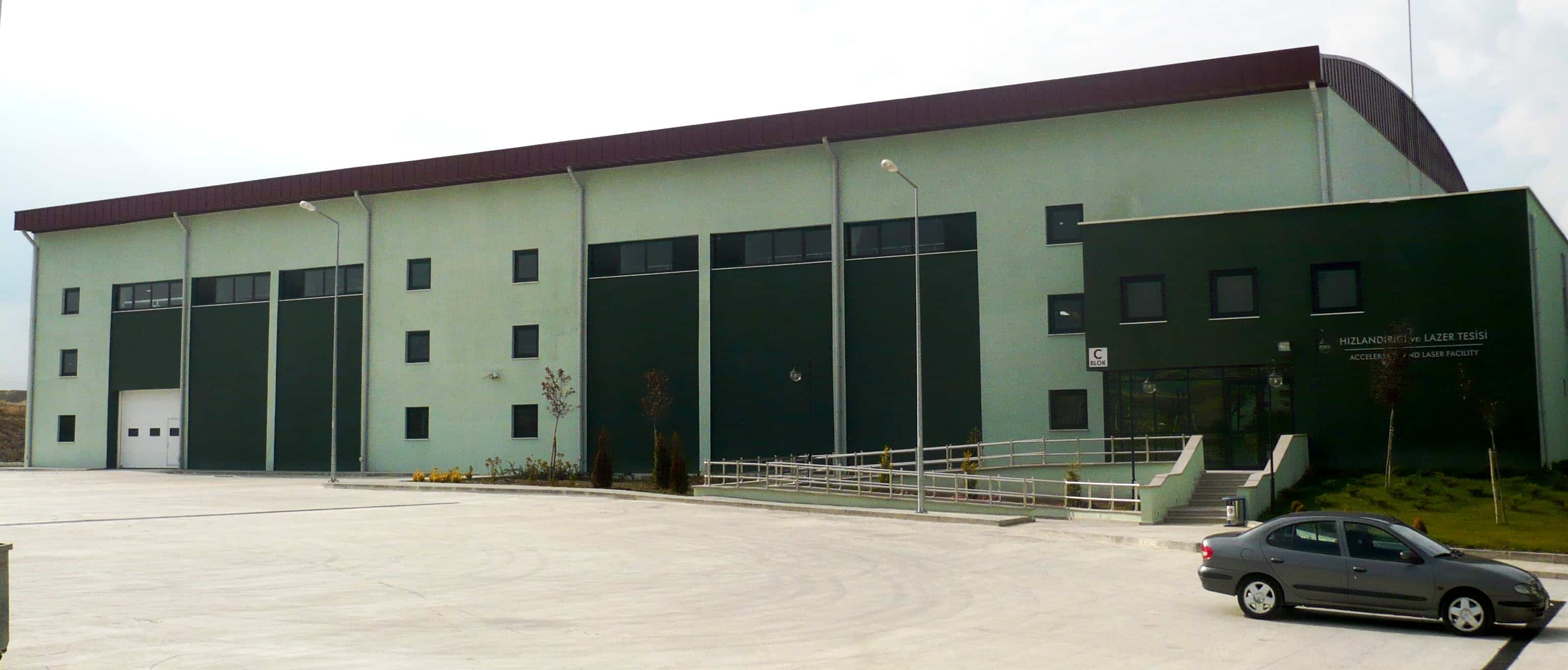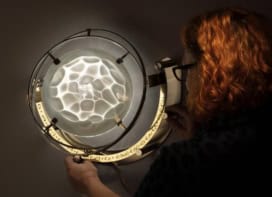The Acclerator Technologies Institute at Ankara University (Credit: Michael Banks)
By Michael Banks in Ankara, Turkey
“Build it and they will come” seems to be the mantra at the new Accelerator Technologies Institute (AIC) based at Ankara University in central Turkey.
I was here today in the Turkish capital to learn about the country’s ambitious plans to create a smorgasbord of particle accelerators over the next 15 years – from an infrared free-electron laser to a particle factory that would produce copious amounts of exotic particles.
The AIC, which was completed last year, is now gearing up to train PhD students in accelerator technology starting in spring 2012.
As well as training the next generation of young scientists, the centre is also the first part of the Turkish Accelerator Centre (TAC).
The TAC is a $1bn project that will, over the next 15 years, involve the construction of – wait for it – two free-electron lasers, a low-energy proton accelerator, a 3 GeV synchrotron, a high-energy proton accelerator and, last but not least, a particle factory that will collide electron and positrons and be complete by 2024.
The infrared laser, known as TARLA, forms the second part of TAC and will cost around €35m to build. It will accelerate electrons to an energy of 40 MeV before sending them through an “undulator” – a set of magnets – to produce radiation in the range 2–250 µm.
The building for TARLA is now complete, with scientists beginning to move in the first parts of the accelerator. The facility is expected to have its first users by 2015 and will have room for eight experimental stations with beamtime also available to users from outside Turkey.
But for now, attention is firmly on the AIC and training the next generation, who will most likely be building the next parts of the TAC. “What we need is to educate people. That is the most important aspect,” says TARLA director Suat Ozlorucuklu.

The building for Turkey’s TARLA free-electron laser is complete (Credit: Michael Banks)



